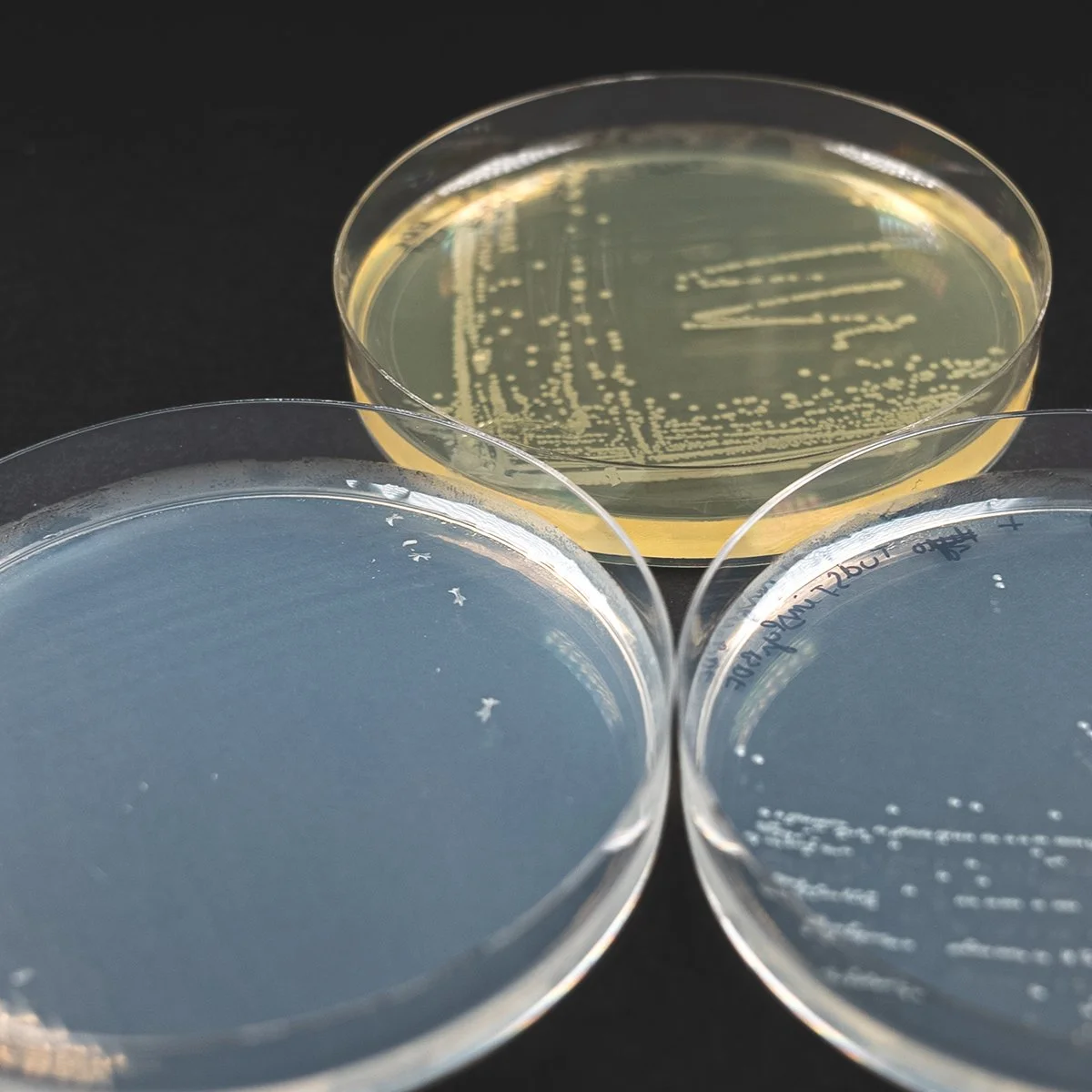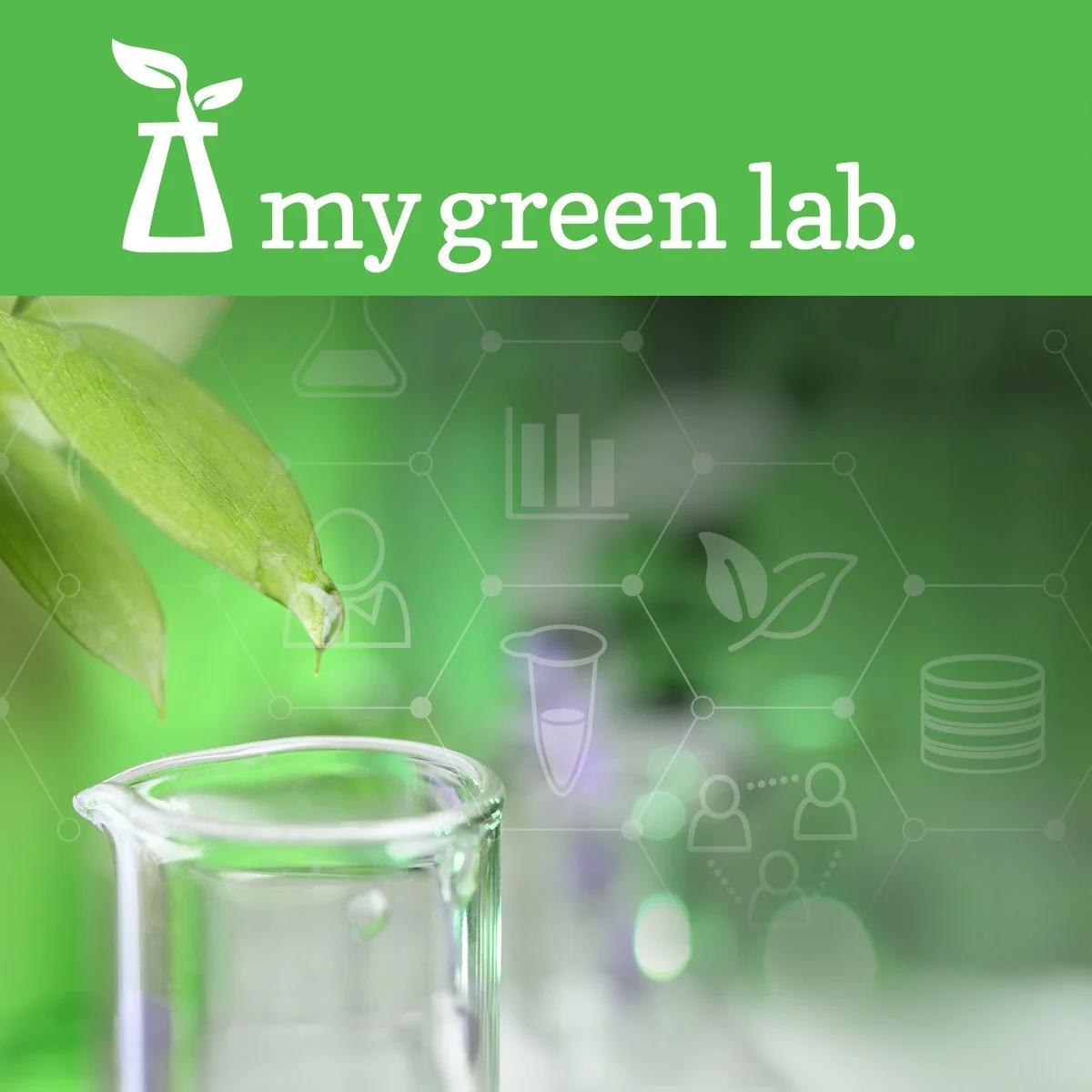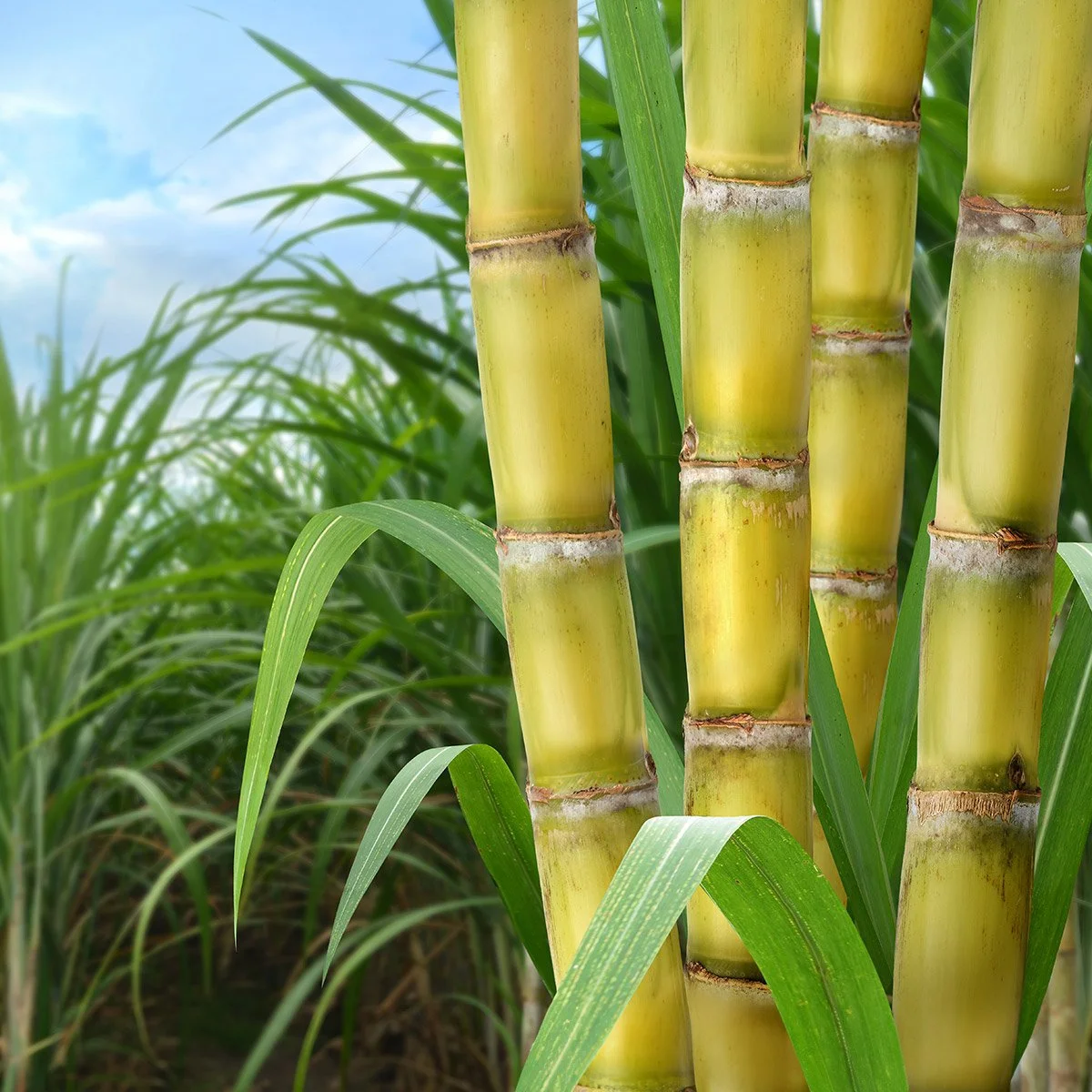Laboratory energy use is arguably the least sustainable quality of research laboratories. Aside from the energy used by HVAC systems, lab energy use is dominated by cold storage.
Laboratories require access to spaces kept at a variety of temperatures to complete protocols and preserve samples. For example, to transform DNA into bacteria, samples are heat shocked at 42 degrees C for 45 seconds, followed by exposure to ice. Another classic example is PCR, which requires a pcr thermal cycler machine for the rapid fluctuation of temperature in samples, for hours at a time. While these protocols require energy, the machines required to create these conditions are turned off after the protocol in complete. By contrast, the long-term storage of cold or frozen samples requires constant temperatures and thus accounts for most of individual laboratory electricity use.
Keeping samples cold, freezing, or well-below-freezing, preserves biological materials for a variety of reasons. It prohibits or slows bacterial growth. It shuts down enzyme function and it decreases degradation. Some materials are only kept at 4 degrees, which is just above freezing, while others must be kept in liquid nitrogen tanks which are below -100 degrees Celsius. The exact long-term storage temperature required depends on the material, but many labs require at least 4 cold temperatures at all times, to maintain their variety of samples.
While labs require access to these cold temperatures, the Green Labs community can focus on certain attributes of cold storage to save energy. I want to start by discussing the ‘-80 Chill Up.’
Are you up for the "-80 Chill Up" challenge?
The energy use of fridges and freezers generally follows one guideline: the lower the temperature, the more energy required to maintain that temperature. Thus, the ‘-80s’ in laboratories use the most energy of any piece of equipment plugged into the wall. Average energy use of these freezers clocks in at 20 kWhs per day, meaning these freezers alone use as much energy as a large household. The Green Laboratory community, including the 2017 North American Freezer Challenge, has focused on educating researchers about these freezers and inspiring them to move theirs up just 10 degrees to the biologically safe -70 degrees, which can save up to 30% of the energy used by each freezer.
If it’s safe to keep samples at -70, why do researchers keep them at -80? Briefly, for years researchers kept their extra sensitive samples at -70 degrees. The manufacturers began marketing their freezers as -80s as a competitive marketing tactic, but samples do not actually need to be kept that cold in the vast majority of cases. CU Boulder’s Green Labs program is well known for their work on this topic and has kept logs of samples kept at -70. You can check that out here: https://docs.google.com/spreadsheets/d/13UvBeoXAhwSHshSYoUDHwcxWiW7qYLnUb-eLwxJbCYs/edit#gid=0.
Researchers are very nervous about tuning up their freezers that 10 degrees. The samples kept in -80s are some of the most precious, including things like rare tissue samples from isolated populations, bacterial strains with custom DNA, and expensive reagents. If their freezer fails, or their material expires, researchers would have wasted money and (sometimes more importantly) time. Thus, approaching researchers with an understanding for the importance of these samples goes a long way. I love CU Boulder’s approach of showing understanding and care for these samples by offering support for lab’s whose freezers may break. They post signs with instructions about what to do if the freezer malfunctions, and have purchased portable -70s to be used as a backup. This not only shows empathy and understanding, but also assuages fears of having less time to save samples if the -70 breaks, compared to if the freezer had been kept at -80 (although this extra ten degrees only adds about half an hour). There are other ways that portable -70s can help Green Labs programs, which I will discuss in a future post. I hope to cover a variety of the subjects addressed in the North American Freezer Challenge in the upcoming month, so stay tuned!











Lab sustainability certification programs are learning tools to help scientists identify changes that will reduce environmental impacts and conserve resources. A key feature of these programs is that they can help research institutions reach sustainability goals without undermining the autonomy of academic lab teams. The catch is that only a minority of labs volunteer to participate. This month, I’m summarizing two recent studies that examined scientists’ perceptions of the benefits and pitfalls of using common programs and offered suggestions on how to improve them.